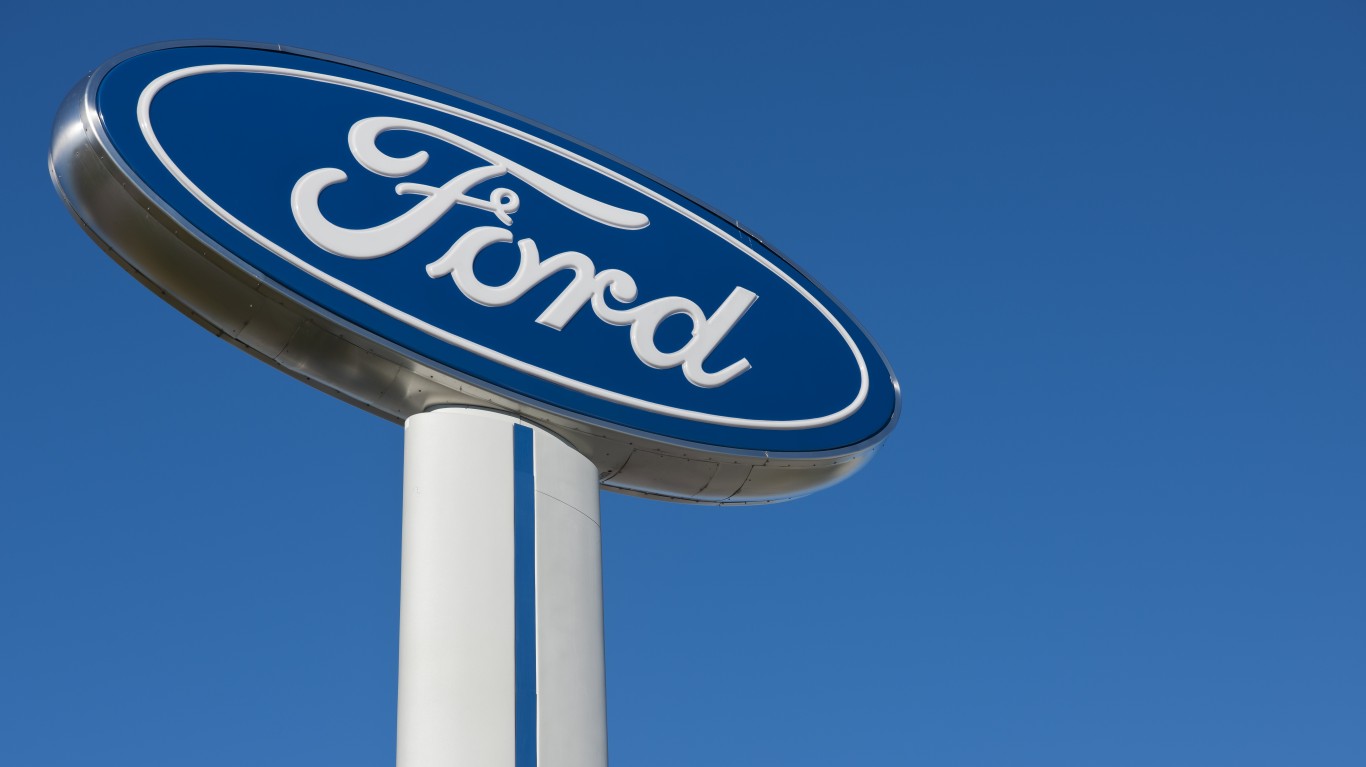
New car sales have improved dramatically since the market trough of 2009. That growth, however, appears to have reached a plateau in 2016, and there are some developments that could prove troubling both to sales volumes and profits.
Since the day after the November election, shares of Ford Motor Co. (NYSE: F) have risen by about 9.4% and General Motors Co. (NYSE: GM) stock is up about 10.6%. In a research note published last week by Barclays Capital, the analysts attributed the run-up in share prices for the two automakers to a “favorable outlook … as potential beneficiaries of the new White House regime.”
On the plus side for the two carmakers are potential tax cuts and a reduction in mileage and emissions standards. On the minus side there is the potential risk of tariffs for cars manufactured outside the United States. But Barclays analysts say, “the most important driver will likely be perception that the cycle is extending and an infrastructure push will drive large pickup and SUV sales.”
How will Ford and GM create that “perception?” With November’s seasonally adjusted annual rate (SAAR) of sales at 17.9 million units in the United States, the numbers are close to the November 2015 SAAR of 18.1 million. The sales are coming at a price, however:
Yet while SAAR hasn’t eroded, we have seen quality erode. Nov. industry mid-month incentive as % of avg transaction price was an elevated 12.3% (perhaps indicating Black Friday promotions already started taking place earlier in the month), and the last five months are tracking at 12.1% – the highest level we’ve seen post the Great Recession. Moreover, pricing softness has spread beyond the sedan segments and into the SUV segments – which had been mostly strong until recently.
Barclays sees signs of “elevated sentiment” that the U.S. economy will get a boost from President-Elect Donald Trump’s proposed tax cuts, along with greater productivity, both of which “could lead to a strengthened U.S. consumer, which would effectively extend the consumer cycle ….” There are, however, some headwinds:
Admittedly, there are still a number of challenges to U.S. light vehicle volumes – rising interest rates, weakening residuals, potential tightening in financing availability. Thus, we have a tough time seeing the U.S. cycle extend up to the 18mn range. However, perhaps these headwinds could be offset by a stronger economy, as well as the aforementioned increased willingness of OEMs to lavish incentives – ultimately leading to a continued plateau in the 17mn range, rather than the ‘eroding plateau’ which we’ve forecast until now.
Barclays rates Ford as Equal Weight with a price target of $12. Ford shares closed up nearly 4% on Wednesday to $13.06, in a 52-week range of $11.02 to $14.38. The 12-month consensus price target on the stock is $12.60.
GM also gets an Equal Weight rating from Barclays and a price target of $36. GM stock closed up 3.5% on Wednesday, at $36.30 in a 52-week range of $26.69 to $36.66. The 12-month consensus price target is $36.00.
Travel Cards Are Getting Too Good To Ignore (sponsored)
Credit card companies are pulling out all the stops, with the issuers are offering insane travel rewards and perks.
We’re talking huge sign-up bonuses, points on every purchase, and benefits like lounge access, travel credits, and free hotel nights. For travelers, these rewards can add up to thousands of dollars in flights, upgrades, and luxury experiences every year.
It’s like getting paid to travel — and it’s available to qualified borrowers who know where to look.
We’ve rounded up some of the best travel credit cards on the market. Click here to see the list. Don’t miss these offers — they won’t be this good forever.
Thank you for reading! Have some feedback for us?
Contact the 24/7 Wall St. editorial team.




